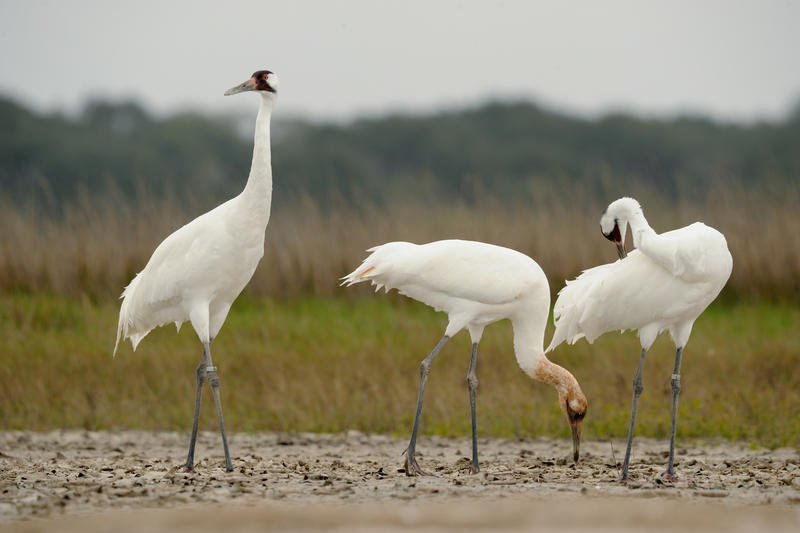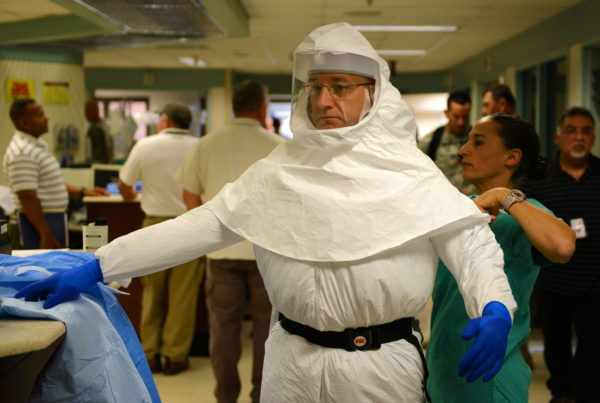It’s an annual ritual this time of year, along the Gulf Coast at the Aransas National Wildlife Refuge: the first whooping cranes have started to arrive. Whooping cranes are the tallest birds in North America, and also one of the rarest. But while Texas is their destination this time of year, they spend a lot of time much farther north before they get here. Liz Smith, senior whooping crane scientist from the International Crane Foundation in Rockport says they’re returning here from their breeding grounds in Canada – a trip that takes four to six weeks.
“They do have a lot of challenges along the way. They come down every night to roost, so they have to find a wetland. Wherever it is, is how far they get,” Smith says.
Cranes are hard to miss because of their size, and they’re easily scared off by humans, even if they’re half-a-mile away.
“After a long day flying, that really puts some stress on them,” Smith says. “And we do see that they try to avoid areas that are highly populated.”
She says when cranes arrive in Texas, they’re really ready for some good habitat and good food.
The population of whooping cranes in Texas is on the rise, which is good, but it also worries conservationists like Smith.
“We all love being by the water, so we’re working with local communities to make some recommendations to developments to have setbacks, and to leave that natural habitat in front where the cranes can continue to use it, as well as a lot of other wildlife,” Smith says.
That way, people like her who love the Gulf Coast and its beaches, can hopefully coexist with creatures like the whooping crane, that depend on the habitat for survival.
“I think it’s a kinship with loving the same place,” says Smith.
Written by Alvaro Céspedes.















